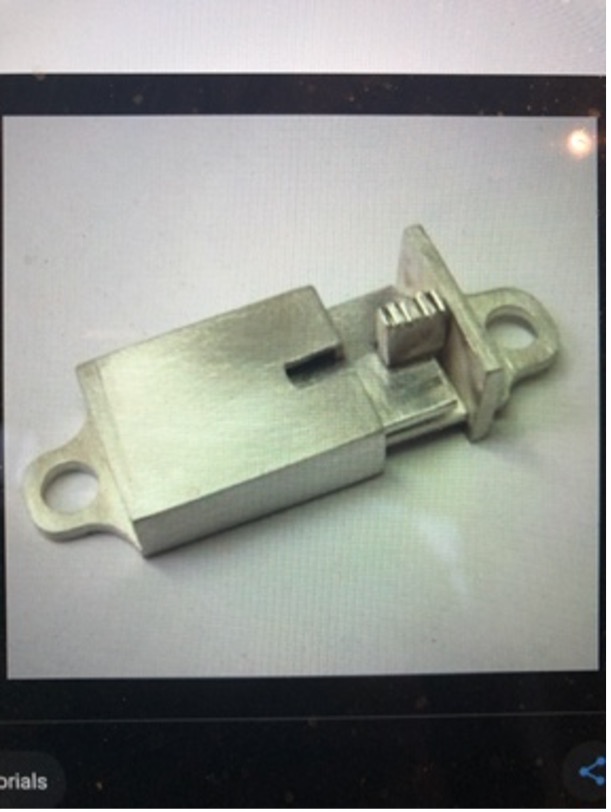
Clasps: Secure or Fragile?
If you are a bracelet girl like me, you want to wear all of them all the time. Over many years, I’ve made and repaired so many bracelets I can’t even count them. The single biggest weak spot on any bracelet is the clasp, as you might figure, so I thought I’d write about the different kinds, their benefits and pitfalls, so you could check (and secure) your stash or bring them to me for checking and repair. Some wear out over time and may cause loss.

Box clasps create seamless continuity around a bracelet because we can apply stones, filigree, and texturing that is meant to disguise the closure. A box clasp at its simplest is just that: a box built with a slot that receives the “tongue” which slides in and snaps in place. Box clasps are great because they don’t disrupt our design.


You can see the underside mechanism, as well as two side locks. These locks are really important extra security measures. One disadvantage with box clasps is that since they respond to pressure, we sometimes inadvertently press down on the clasp during wear and it will pop open. The little side locks can save us from losing the bracelet. But even these little locks need to be examined and re-shaped after a long time of wear and tear. A second thing to watch out for in a box clasp is the wearing down of the tongue. Years of wear can remove the spring tension and decrease the thickness of the metal, thus loosening the bonding power of the two pieces. Many times, we can repair these.
Lobster and Spring Ring Clasps
Although not as beautiful as box clasps, my personal favorite clasp for security are lobsters and spring rings because they don’t open under inadvertent pressure or yanking. We can make them beautiful by adding stones, and changing their shape without changing their functionality. I think they last the longest of any clasp and are most secure. But even these clasps need attention: sometimes the closure needs tightening or the spring ring needs a new spring. But I’ve had less slippage and many fewer repairs for clients who have these clasps.

Toggle Clasps


Toggles are probably the oldest form of clasp. They certainly are the simplest. Toggles can be highly decorative, so they bridge the gap between box clasps and lobsters. Toggles can be heavily decorated, and the bar can be used as a charm or they can be very simple. The key to making toggles are the measurements of the opening and the bar. The bar must be generously long to stay put without being so long that it won’t pass completely into the opening. Needless to say, toggles can unclasp and the piece can fall off during wear because they are a relatively loose structure. But there are ways to create a toggle that is more secure than average. We’ve done is a few times in the studio, although, regrettably, I don’t have any photos.
